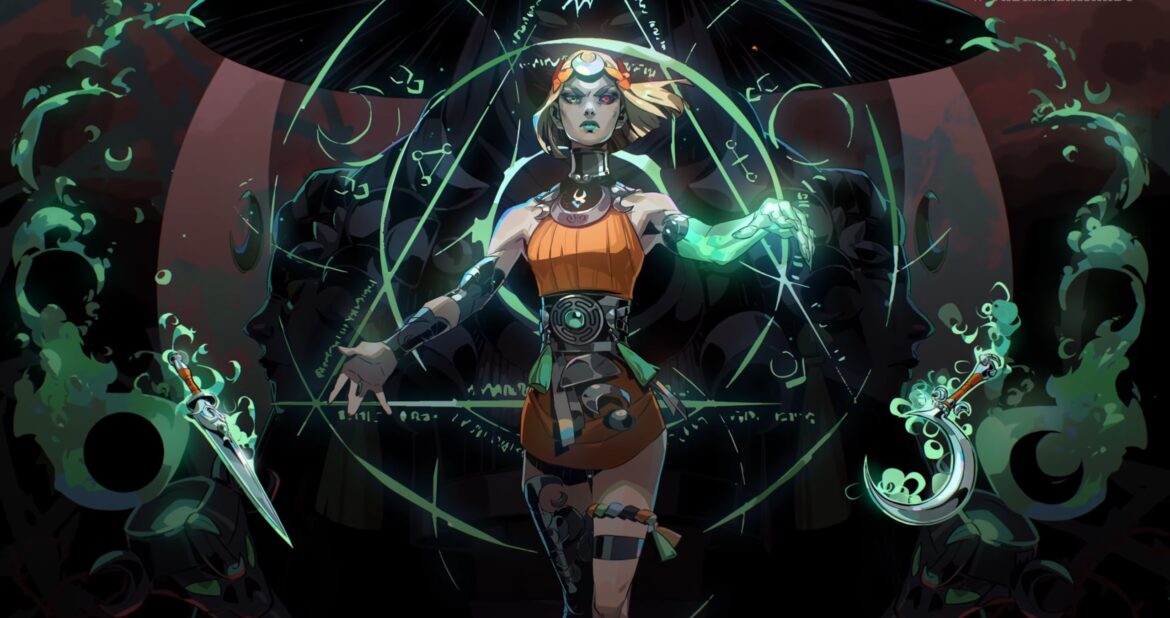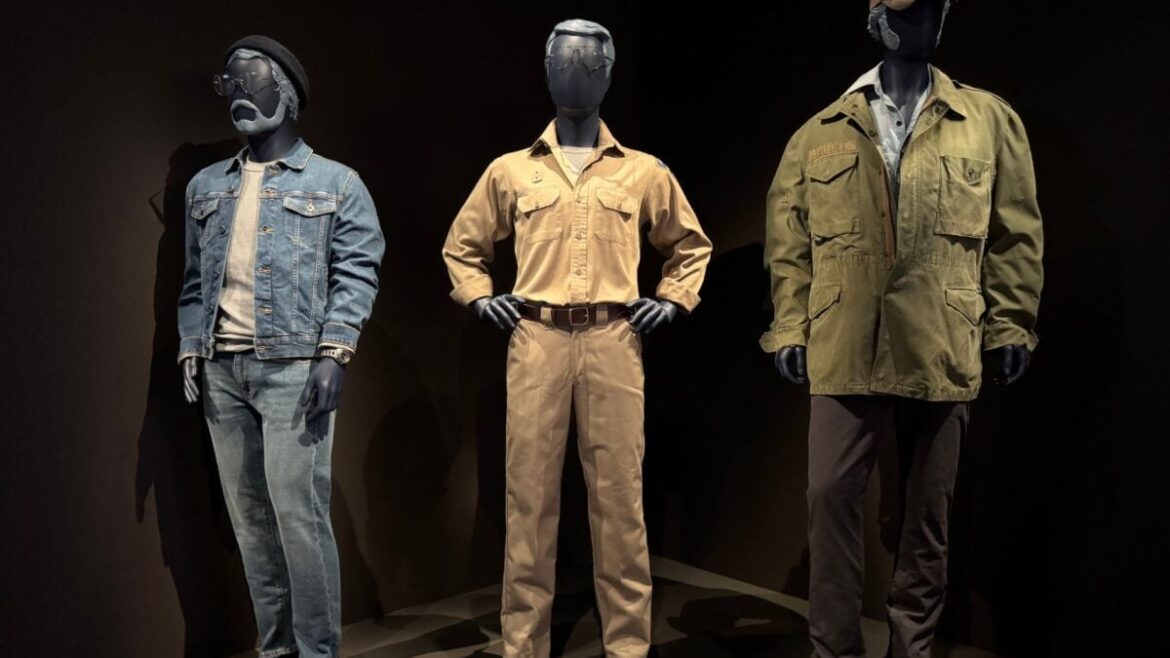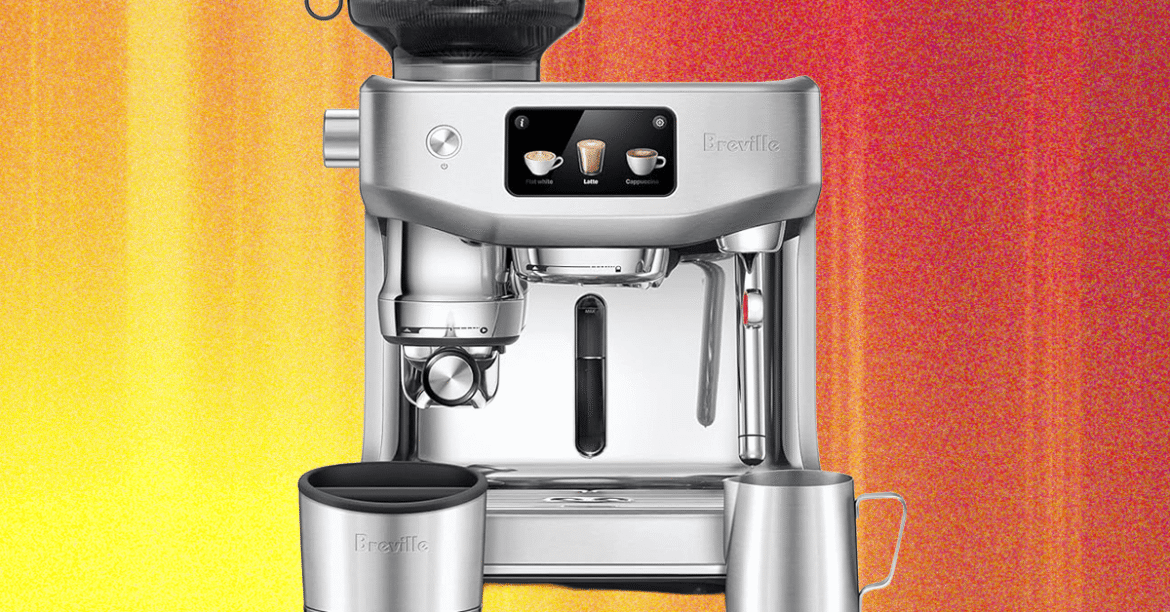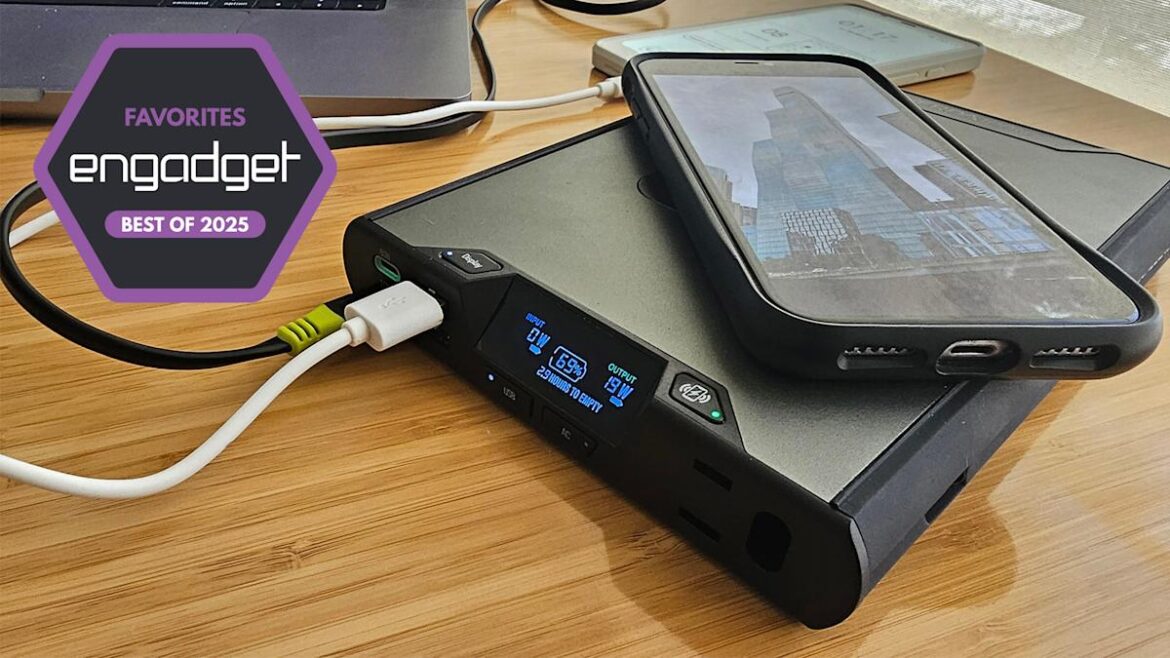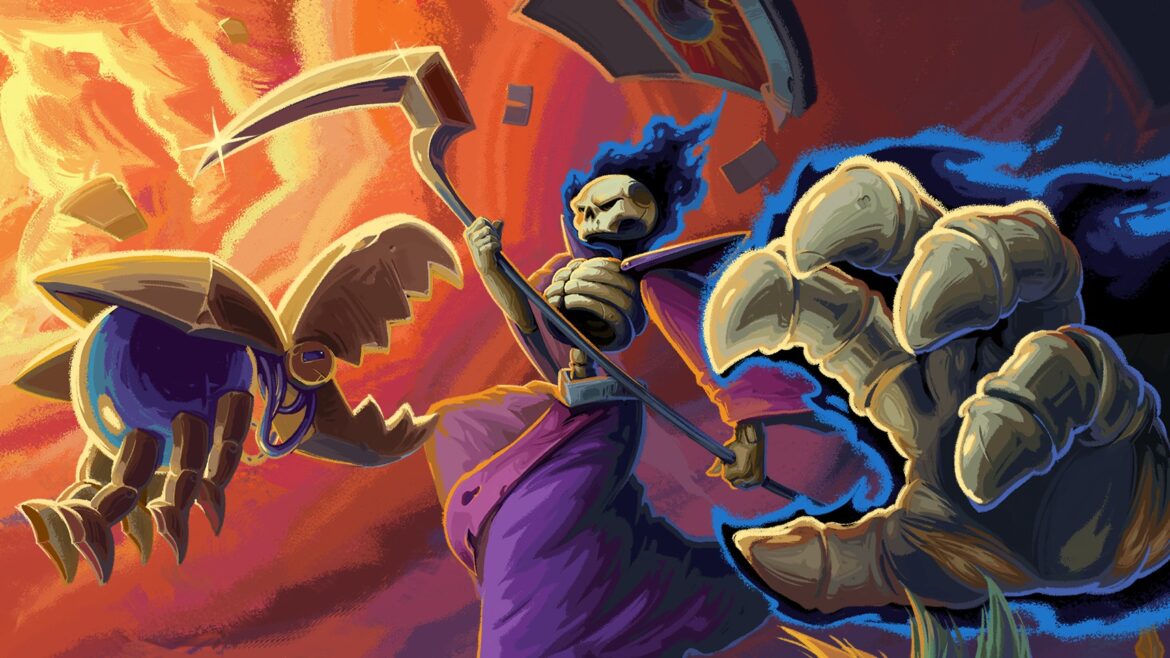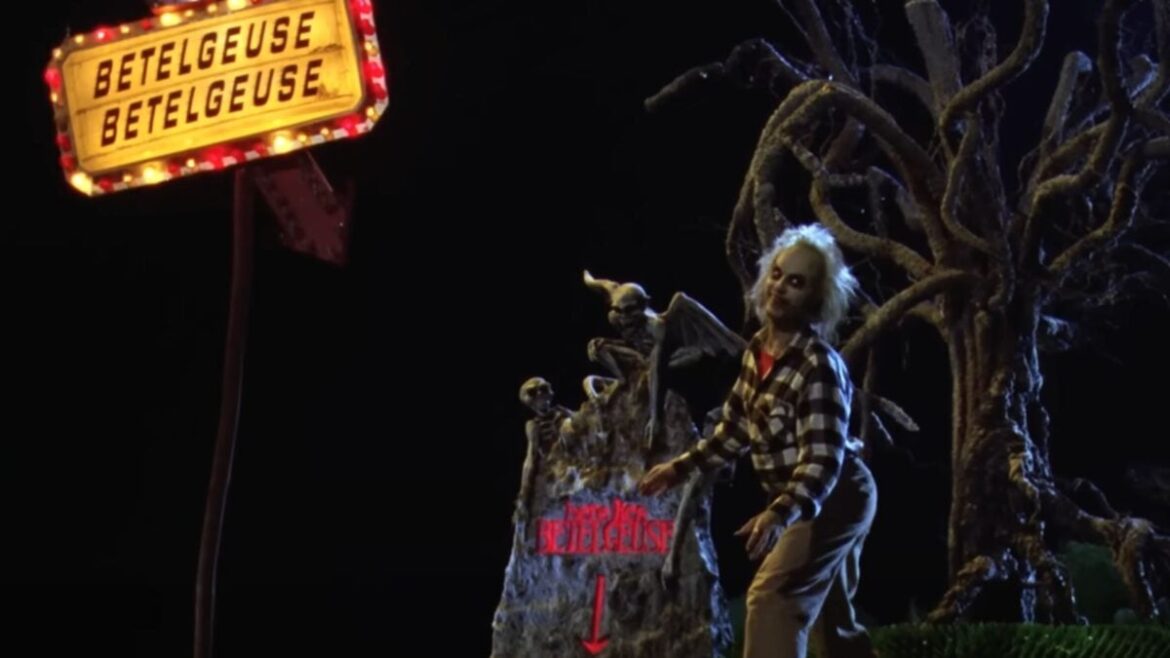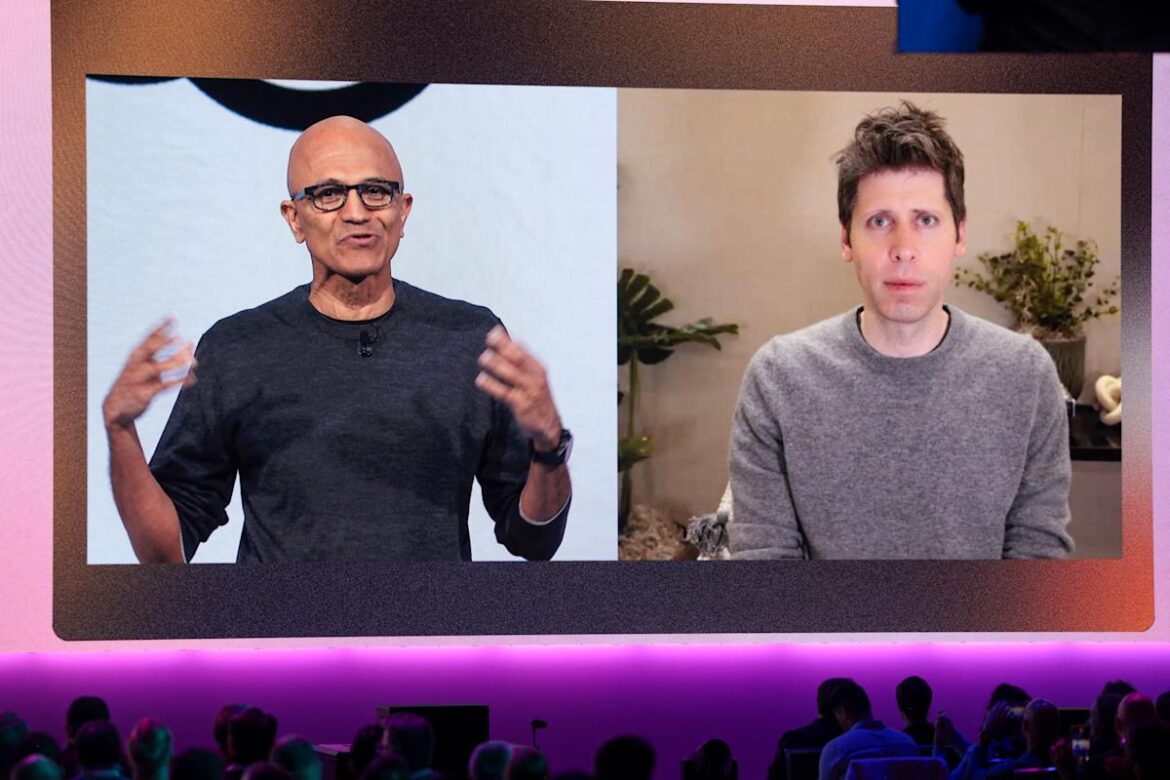Hades II – v1.0 Launch Trailer (Coming Sep. 25!) – YouTube
Watch On
In an event for something called the ‘Nintendo Switch,’ the well-coiffed businessmen took a break from hollering about Mario to drop a sly reveal: Hades 2’s full release date. It’s well, imminent: Hades 2 hits 1.0 this September 25, or 13 days from now. It’ll hit Switch at the same time, should you want to play it there.
You might actually want to, by the way, because one of the bells and whistles Supergiant’s bringing to the game on the 25th is cross-saves. “In v1.0, Hades II offers cross saves between the Nintendo Switch and Switch 2 versions and the version here on Steam. If you’ve been playing in early access and wish to continue the journey on Nintendo’s game consoles, you’ll be able to transfer your save data through a simple in-game menu,” quoth the announcement post.
If you’re staring slack-jawed at the headline, swearing up and down that Hades 2 was already out, I don’t blame you. The game’s been in early access for over a year now, and was already good enough that our Harvey Randall made it his personal GOTY pick for last year.
Related articles
So I have a sneaking suspicion the full release will probably be quite good, and no doubt we’ll be along with a review when the game goes full 1.0 to let you know in the hopefully unlikely event Supergiant somehow biffs it at the final hurdle.
I wonder if the devs are nervous—I feel like I can sense a little bit of that in the announce post. “Hades 2 is our team’s first-ever sequel, and we’ve been giving it everything we’ve got for more than four and a half years,” says Supergiant. “The result is the biggest game we’ve ever made, and one we hope you’ll find to be a worthy successor to its namesake.”
(Image credit: Supergiant Games)
I’d be very surprised if it wasn’t. But we’ll find out for sure when the Hades 2 full release hits Steam on September 25. Is it just me, or is this September absolutely buckwild, release-wise?

